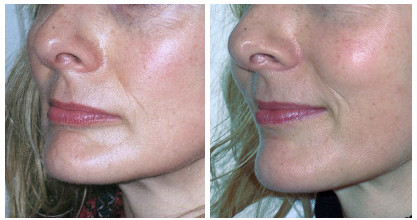
Fat transfer is the moving of fat from areas where you don’t want it (Ugly fat) and putting where you do want it. (Now beautiful fat!)
Fat Transfer is the same as Fat Grafting.
Advantages of Fat Transfer
Permanent once it takes.
Fat transfer can give long lasting results, especially when compared to temporary fillers.
Restores health of tissues
- Fat is more than just a filler. Fat contains adipose derived stem cells. The fat transfer not only adds volume but also introduces stem cells, stromal cells, cytokines and growth factors that can contribute to healing and regeneration.The colour of skin becomes more natural. When your skin is thin it absorbs more light and looks darker. Fat is light coloured and reflects light. E.G dark circles under the eyes.
- Scars often heal and fade.
- Pigmentation is more even
- Nerve function. Can regrow nerves and improve sensation. (Stem cell effect)
Natural appearance and feel.
Fillers can stiffen the skin while fat will give a natural feel and softness. This is especially important when covering bone and cartilage prominences and implants.
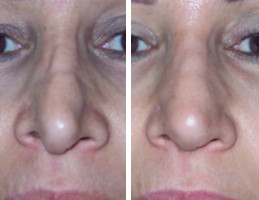
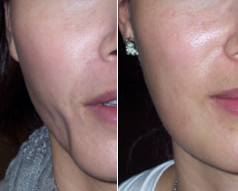
Contours and defects:
- hollow facial features may become smoother which looks younger.
- Scars can be filled.
- Post surgery defects can be smoothed: edge of breast implants can disappear, noses can be smoothed.
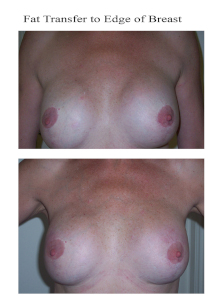
Easy to Use
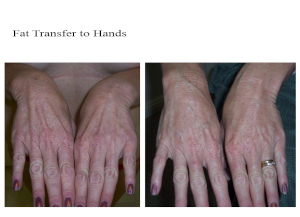
- Very malleable. Can be massaged to smooth the appearance
- Versatility. Fat can be grafted into any area in the body where you have lost fat. Fingers, hands, face, breasts, buttocks etc
- Minimally invasive when compared to other surgical procedures.
Fat transfer can be combined with the stem cell treatment of OA
Disadvantages of Fat Transfer
Variable resorption
Some areas hold 100% of what you insert ie eyelids, other areas retain 10-20% only, ie lips. Sometimes people do not hold any of their graft. Smoking reduces blood flow which also reduces graft retention.
Smokers have poor blood supply and will retain less but the graft will increase blood flow and general tissue health to the area. A second graft will then be into an area with increased blood supply, healthier and with better retention.
Permanent.
The fat that achieves a good blood supply will become permanent. When you gain weight so does your graft. If you have too much graft your face can look fat when your body is in good shape. It is better to err on the safe side and use less fat. A temporary filler can be added to top an area up. When you gain weight, as the temporary filler disappears and your fat graft gains weight you can maintain balance.
Body weight.
If you have your graft when you are thin the graft will gain weight as you gain weight. This can be a problem as it is sometimes hard to reverse. For this reason it is better to be conservative.
Very technique dependent.
A poor operator will deliver a poor result. A surgeon with skill and experience will give consistent aesthetic results.
Very malleable on the first day.
If a patient presses on the graft they can create a defect and push the fat into an area it was not intended creating a high spot.
Sleeping
Sleeping on the graft in the first 12Hrs may distort it or produce ischemia with loss of grafted cells.
Size and thickness of the recipient area
Size of graft is limited by blood supply. Building the thickness of grafts with repeat injections is successful.
Risk of infection.
As with any surgical procedure there is a risk of infection, but this risk is generally low.
Swelling and bruising
Swelling and bruising can occur and may last for two weeks. In patients prone to bleeding this can result in hemosiderin staining. It’s the presence of iron that gives hemosiderin a rusty, brownish-yellow color. This will gradually disappear as the tissue heals itself but can take up to two years to grow out of the skin.